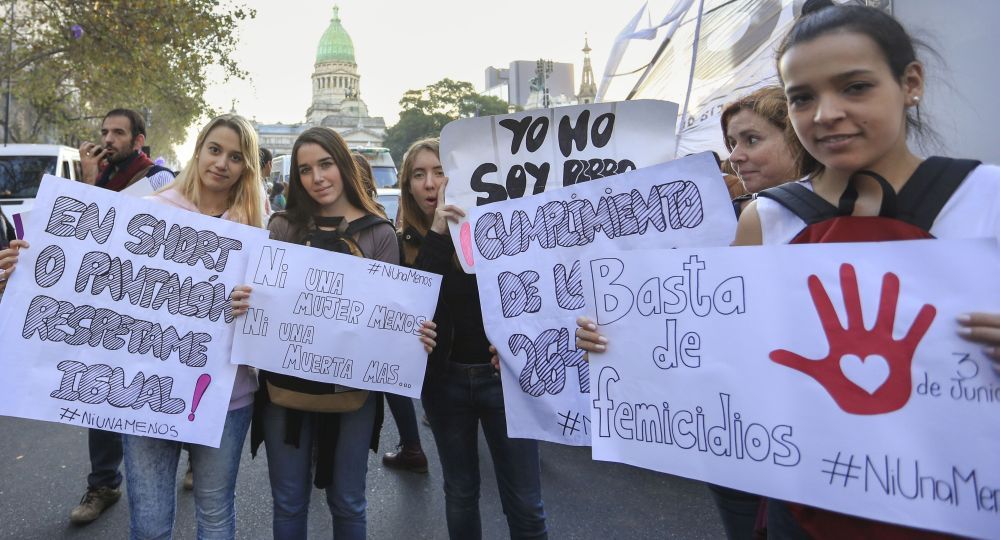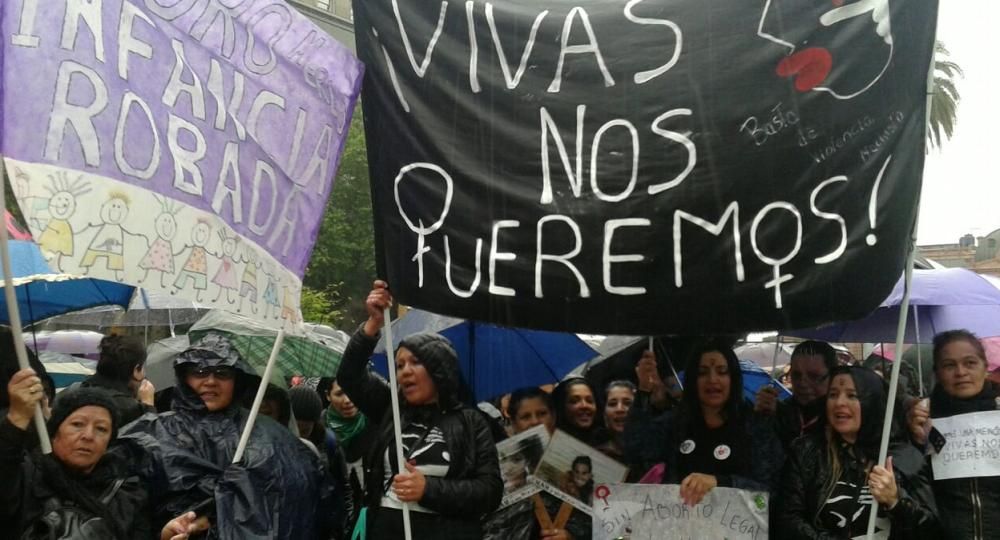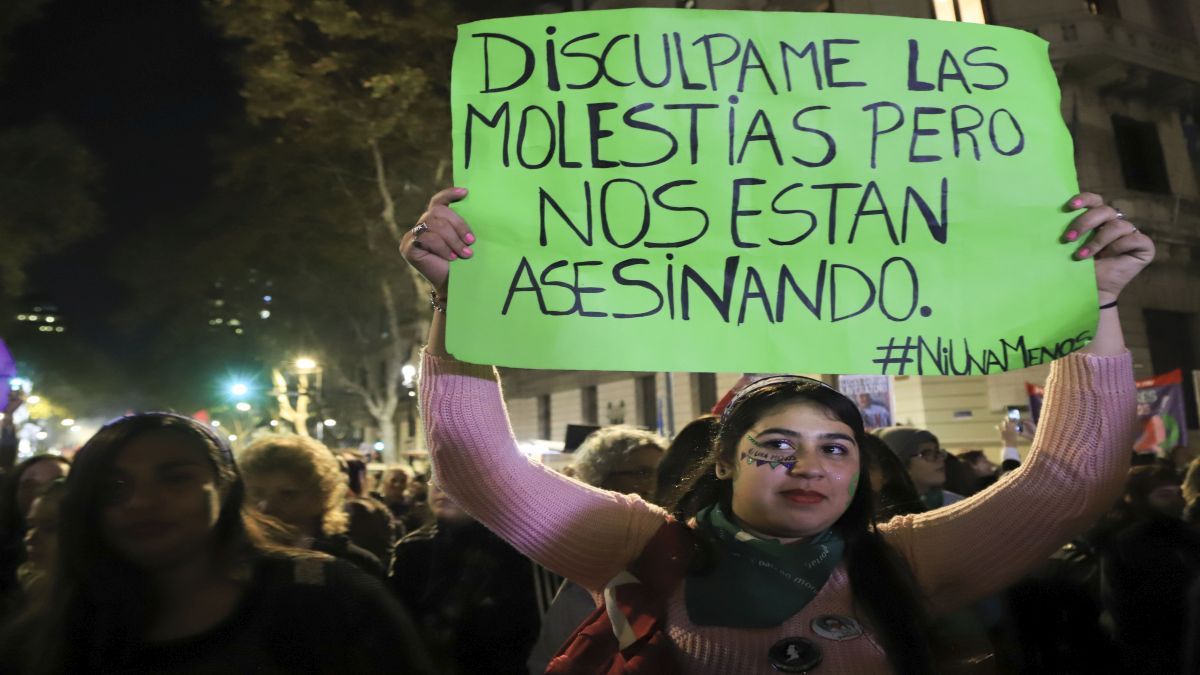There were 20 femicides of adults over 60 years of age in 2017
In 2020, femicides were recorded in 17 countries in Latin America and 9 in the Caribbean.
However, these figures show a 10.6% decrease compared to 2019 , when 4,576 cases were reported, according to data from the Commission’s Gender Equality Observatory for Latin America and the Caribbean, which annually consolidates and updates the figures for femicides and violent deaths of women due to gender.
This regional indicator is a approach because even there is no common methodology to generate standardized statistics on this crime, described by ECLAC.
So far this year, there have been 230 femicides in the country and 294 children have lost their mothers

The case figures show a decrease of 10.6% compared to 2019.
Latin America
In Latin America, the highest rates of femicide are registered in Honduras (with 4.7 per 100,000 women), Dominican Republic (2.4 per 100,000) and The Savior (2.1 per 100,000), although these three countries registered a decrease compared to 2019, as did Bolivia, Brazil, Colombia, Guatemala, Paraguay, Puerto Rico and Uruguay .
Honduras went from 6.1 femicides per 100,000 women in 2019 to 4.7 per 100,000 women in 2020, while in the Dominican Republic the rate dropped from 2.7 to 2.4 and in El Salvador from 3.3 to 2 , 1. While, Argentina, Chile, Mexico and Nicaragua maintained the same rates as in 2019 , while Ecuador, Costa Rica and Panama registered an increase compared to the previous year. Among them, Panama declared the most significant increase , according to ECLAC.
The Parental Responsibility Law includes those convicted of homicide aggravated by the relationship, femicides, serious injuries and sexual abuse

In Latin America, one of the highest rates of femicide was recorded in Honduras.
Caribe
In the English-speaking Caribbean, four out of nine countries and territories with available data on gender-based violent deaths recorded a rate increase per 100,000 women between 2019 and 2020 .
On Granada it rose from 1.9 to 5.5 per 100,000 women; on St. Vincent and the Grenadines from 0 to 5.5; on Suriname 1.1 to 2.8; and in Trinidad and Tobago from 2.9 to 3.1. What’s more, no country or territory in this subregion has a classification of the crime of femicide or femicide .
GENDER FEMICIDES.jpg

Femicidal violence is present throughout the life cycle of women, although is expressed with greater intensity during the reproductive ages , the Commission pointed out. In absolute terms, in 18 of the 26 countries that report to ECLAC, the highest number of cases of femicide in 2020 corresponded to the age group between 30 and 44 years (344 women).
Adolescents and young adult women between 15 and 29 years old represented the second rank with the highest incidence of femicide , with 335 victims in 2020. The situation of girls and adolescents in the region also generates an alert: at least 40 girls under the age of 15 were victims of femicide .
The Commission also stresses that Femicide does not affect only the direct victims, but their entire environment and, in particular, their closest dependents.
At least 357 children and adolescents, as well as other dependents, were under the care of femicide victims that were counted in 2020 in seven Latin American countries: Argentina, Chile, Costa Rica, Nicaragua, Panama, Paraguay and Uruguay.
Multitudinous march against gender violence and femicides (photo 7)

International Day for the Elimination of Violence against Women.
ECLAC maintains that, although the countries of the region have made progress in the last decade in the production of statistics, there is a need to strengthen the registration systems at the national level and standardize the information .
Social and institutional tolerance, impunity and the difficulty of accessing timely and quality health and justice services , among other factors, make sure that all forms of violence against women occur and are perpetuated emphasizes the Commission.
It is necessary to broaden the measurement and visibility of other forms of violence that are part of femicidal violence ; in particular, sexual violence, since murders of women and girls preceding acts of sexual violence are common.
The children of victims of femicide will have economic reparation in the City

Every November 25, the International Day for the Elimination of Violence against Women is celebrated.
The International Day for the Elimination of Violence against Women, which is celebrated every November 25, begins 16 days of activism until December 10 , Human Rights Day.
Source From: Ambito
David William is a talented author who has made a name for himself in the world of writing. He is a professional author who writes on a wide range of topics, from general interest to opinion news. David is currently working as a writer at 24 hours worlds where he brings his unique perspective and in-depth research to his articles, making them both informative and engaging.




